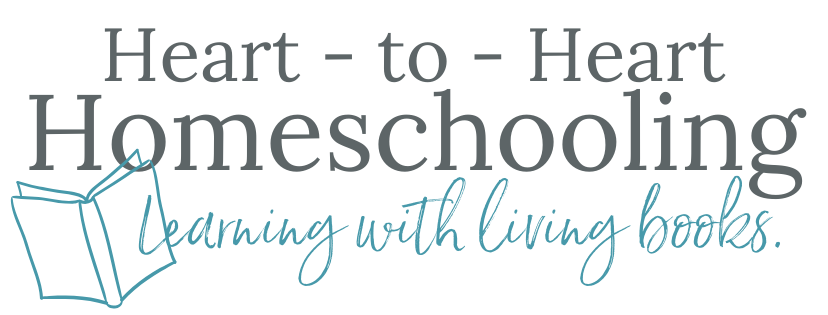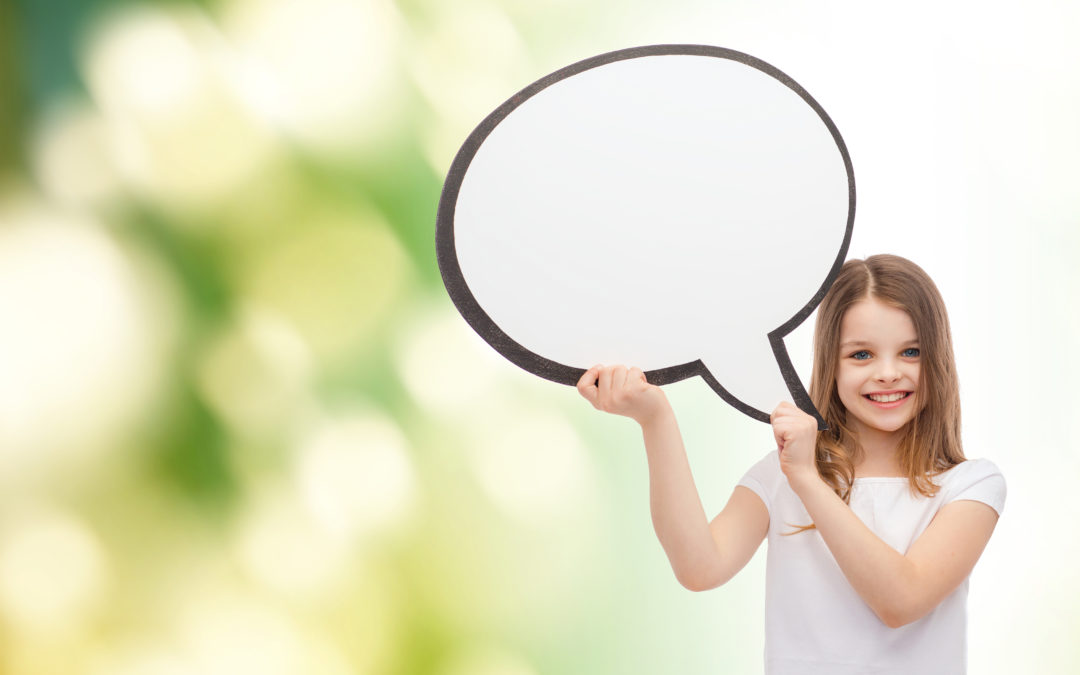[The following post contains affiliate links. You can read my disclosure here.]
Sitting down to plan out my children’s schedule for the year, I was suddenly overcome with how long one particular subject would take. Language Arts had so many components! Spelling, handwriting, vocabulary, composition, speaking, reading, and grammar. At this point I may have broken out in a cold sweat. How would we get it all done? It felt like this one area was at least seven separate subjects.
Have you ever felt this way? Let me encourage you Dear Mom, there is hope! Teaching Language Arts naturally lifted that burden from me, and it can for you too. Why? Because teaching Language Arts naturally also means teaching it efficiently.
A Definition
Narration is a retelling. Children simply tell another person, in their own words, something that has been read to them. That retelling can be in oral or written form. But just like copywork, this relatively simple practice is a powerful tool.
4 Benefits of Narration
1. Increases attention.
In order to retell, children must first learn to listen carefully, to develop the habit of attention. When you begin to use narration in your homeschool, choose short passages to read to them instead of whole chapters. As their ability to narrate grows, you will increase the amount. But be patient! Narration, like any skill, develops over time with consistency and practice.
However, if you do use it regularly, students will learn to narrate longer and longer passages. And they will remember more about what they hear.
2. Develops comprehension.
Do you remember SRA from when you were in school? We would read a passage or essay on the card and answer questions to show we understood it. I was motivated to get the correct answers so I could be at the highest level possible—to be identified as a “top reader” (something that obviously really matters later on in life 😉). But I also remember how boring it was.
Real books provide the source for narrations. And instead of reading separate passages and essays and then answering reading comprehension questions, they will narrate what you are already reading aloud or they are reading individually.
Reading comprehension develops through reading. Narration helps them process that reading in a natural way. And it becomes a simple evaluation tool for you as a teacher. You will get immediate feedback and be able to give immediate feedback.
3. Forms the basis of writing.
Let’s consider what writing really is. Writing is putting on paper, or the computer, what is in our heads—our thoughts, ideas, messages, and stories.
Reading, listening, and writing are connected skills. They are thinking skills. When children narrate they are taking information in, making connections, clarifying and organizing their thoughts, and then putting it into their own words. One thing Dr. Beechick emphasized was that writing is thinking.
Let’s remember: Good thinking produces good writing.
Children begin with oral narrations and progress to written ones. Both are valuable, and appropriate to use for all ages, though. And if your children struggle with writing, begin by talking together about what they will write to help start the writing process.
4. Teaches students to summarize and paraphrase information.
When I was in high school, I remember being warned not to palgerize, but no one really taught us how to make it our own. Do you remember changing a few words or putting them in a different order so you wouldn’t plagiarize? Just me? (And now I’m hoping none of my English teachers read this 😁)
So much of essay writing is taking the work of others and putting it together in a new way. Using narration to teach Language Arts provides the perfect foundation for those skills because it teaches students to summarize and paraphrase information.
Have you ever thought about the difference between summarizing and paraphrasing? I really like the way vocabulary.com defines words.
Summarizing
To summarize something, only include the important stuff. If your teacher asks you to summarize several events from the Civil War, she wants the important facts, not every single detail you can find.
When you summarize something, you write or tell the general idea and only the most important points. It’s a skill we often use in school or at work, but even in our personal lives, we summarize: like when a friend asks what the book you’re reading is about, or someone wants to know about your recent vacation. You don’t tell them every single detail, talking yourself to exhaustion. Instead, you summarize — describing just the key events that “sum up” the experience.
Paraphrasing
The verb paraphrase means to sum something up or clarify a statement by rephrasing it. So to paraphrase that explanation, it means to say something in other, simpler words.
If you break paraphrase down, you end up with the prefix para, meaning “beside,” and the word phrase — so think of paraphrase as coming up with similar, more simple phrases that go beside the ones already said. You might paraphrase your teacher’s lesson because you want to simplify her complicated technical language, or because you forgot exactly what she said but remember the general meaning.
Narrating
So lets look at what skills students need to be able to summarize and paraphrase.
- Comprehension
- Ability to pick out the main points
- Ability to put information in their own words
And that is what students are doing naturally when they narrate. As a result, children who grow up doing narrations are less likely to struggle when they are required to write essays and research papers in the future.
Good Sources for Narration
Earlier I stated that teaching Language Arts naturally also means teaching it efficiently. You don’t need to go out and find reading comprehension workbooks to add to your day. Narration is a tool to use with what you are already reading! (And remember, you are doing copywork with that same reading, too. Yay for less textbooks and workbooks 🙌🏻).
Below you’ll find some of my favorite sources for beginning narration:
- Nursery rhymes
- Fables
- Children’s stories (like Goldilocks and the Three Bears)
- Tall Tales
- Fairy tales
- Simple verses from the Bible or Proverbs
- Short, easy to understand poetry
These were some of our favorite books (except for a newer version of Aesop’s Fables. I bought mine about 16 years ago and apparently the version we used went out of print.)
As your children grow in their ability to do narrations, you can begin using longer
- Chapter books
- Passages and chapters from the Bible
- Novels
- Poetry
- Non-fiction works
Below are some of our favorite, fun novels to begin with and some non-fiction works too.
Tips for Using Narration
- Encourage your children to listen carefully. You want to form a habit of attention, so be careful to not help too much (although be sensitive so you don’t frustrate your child.) This is why you will want to begin with short passages.
- Be consistent. Since this is a skill that needs to be developed, remember that consistency will allow them to practice. And as the saying goes, “practice make perfect.” (OK, maybe not perfect—but better and better!)
- Be patient. Narration involves many thinking skills and those develop over time.
- Choose engaging books you are already reading in your homeschool. Let’s face it, we remember those things we enjoy better. As students get older they will encounter more difficult passages, but give them the chance to develop the skills of narration first.
Teach Language Arts Naturally
Yes, you can teach Language Arts naturally. Narration is just one of the tools you can use. Over the next several months we will add more to your toolbox. But narration is the perfect place to start 🙂
More In The Simple Language Arts Series
- What You Need to Know About How to Teach Language Arts
- What You Need to Know About How to Use Copywork in You Homeschool, Part 1
- What You Need to Know About How to Use Copywork in Your Homeschool, Part 2
- What You Need to Know About How to Use Dictation in Your Homeschool
- The Amazing Benefits of Reading Aloud to Your Kids
Need some more ideas?
You can find an excellent resource for narrations ideas at Simply Charlotte Mason.



Trackbacks/Pingbacks